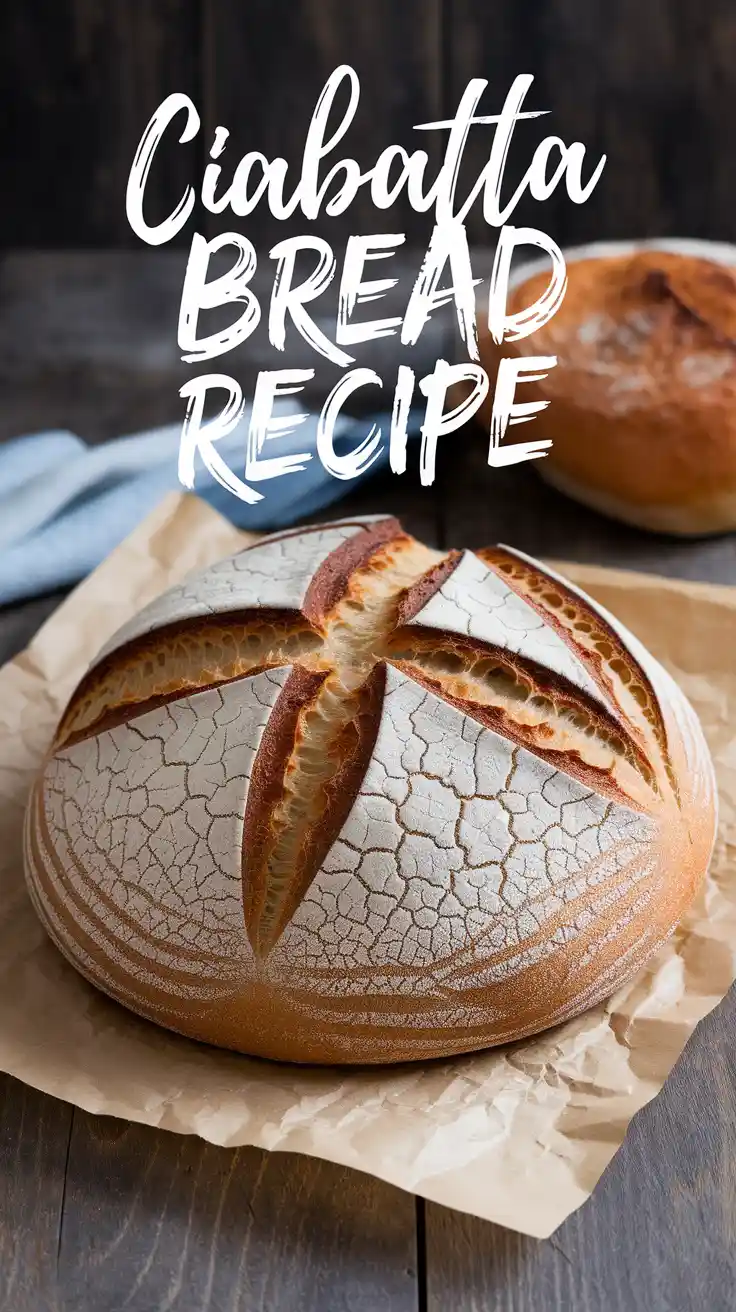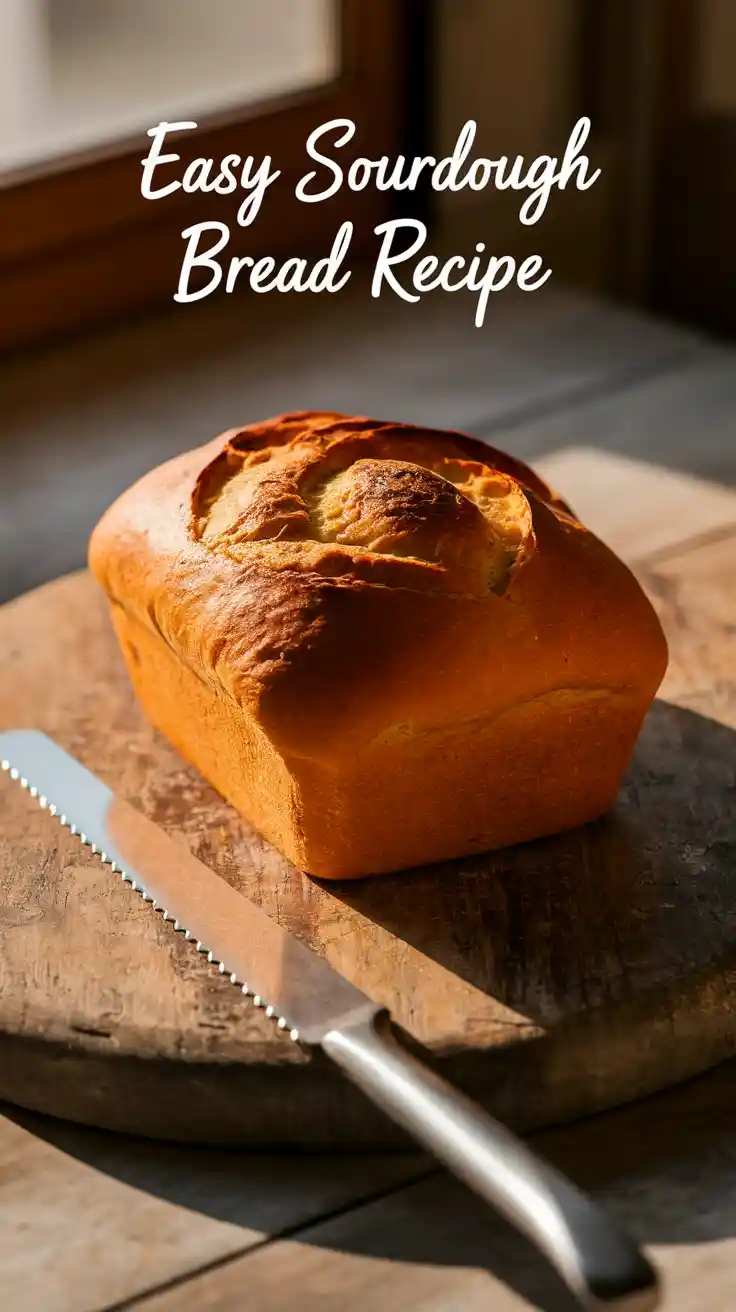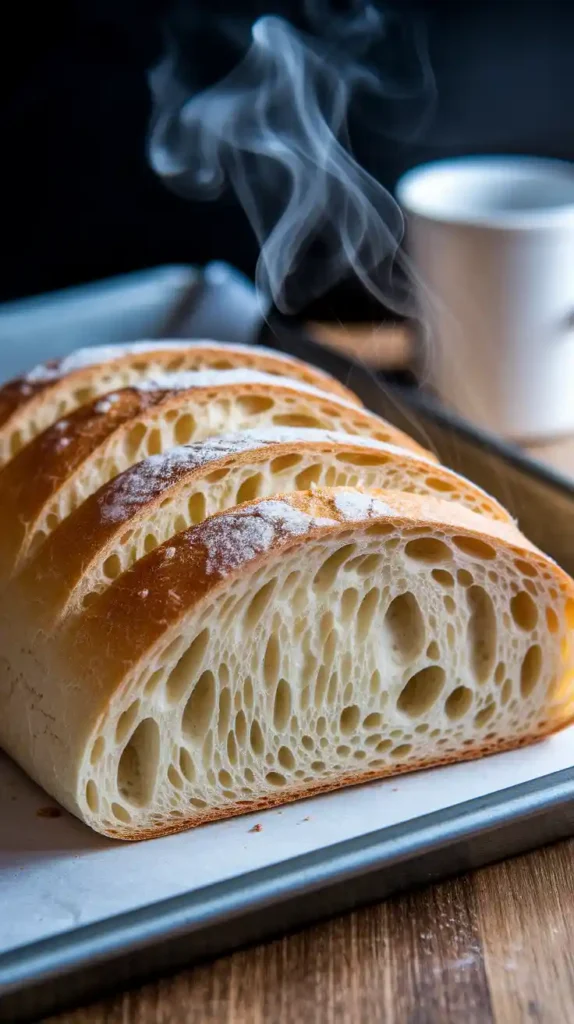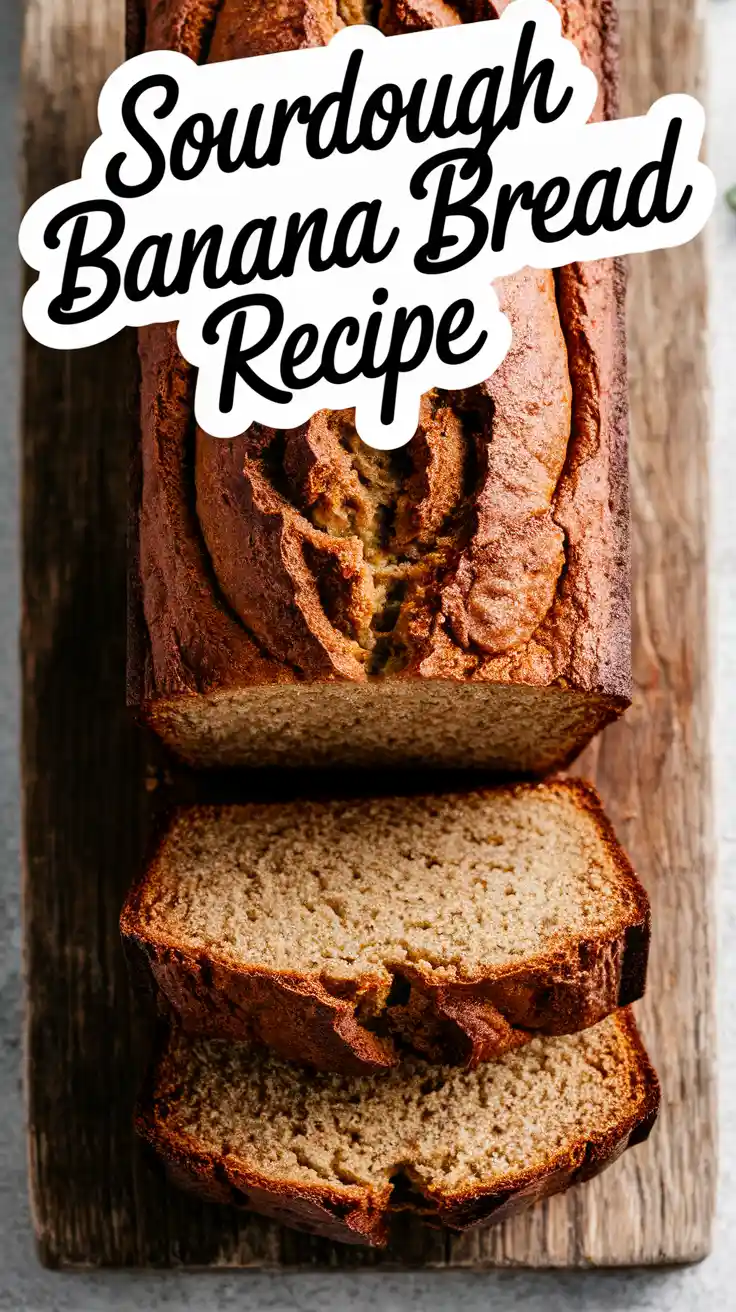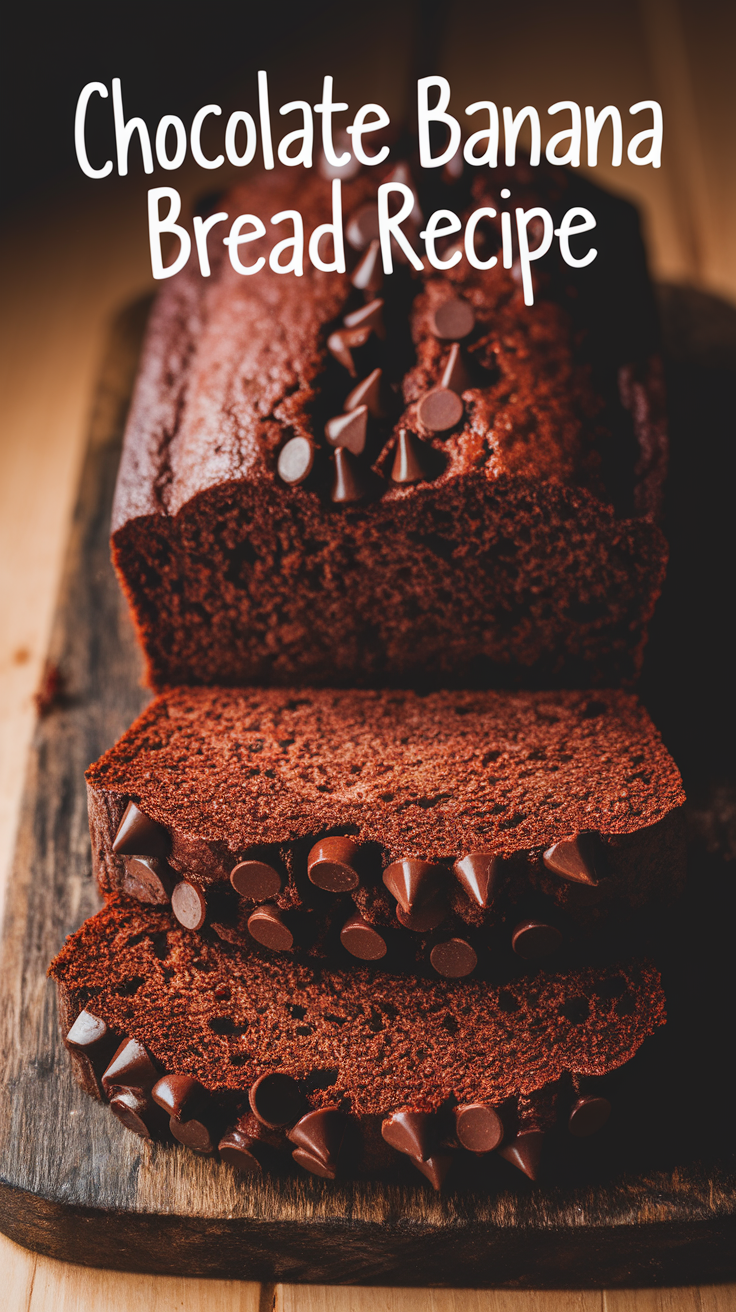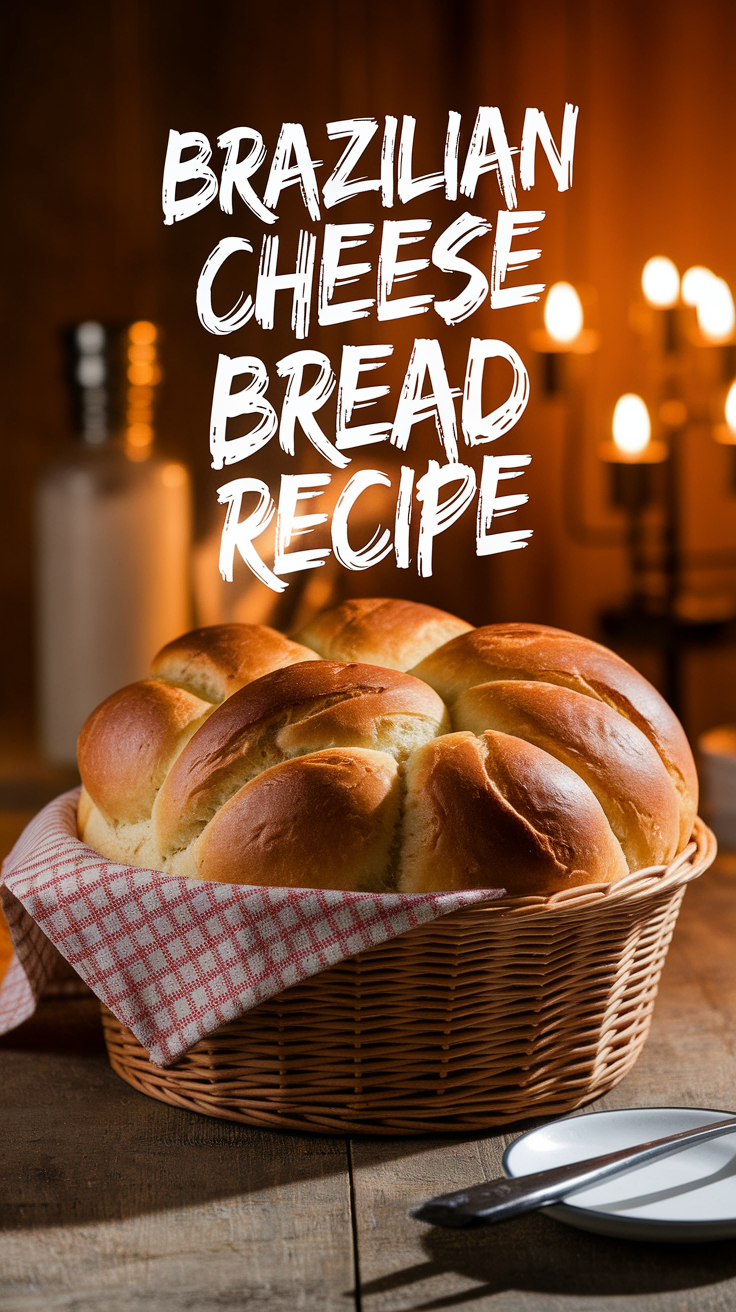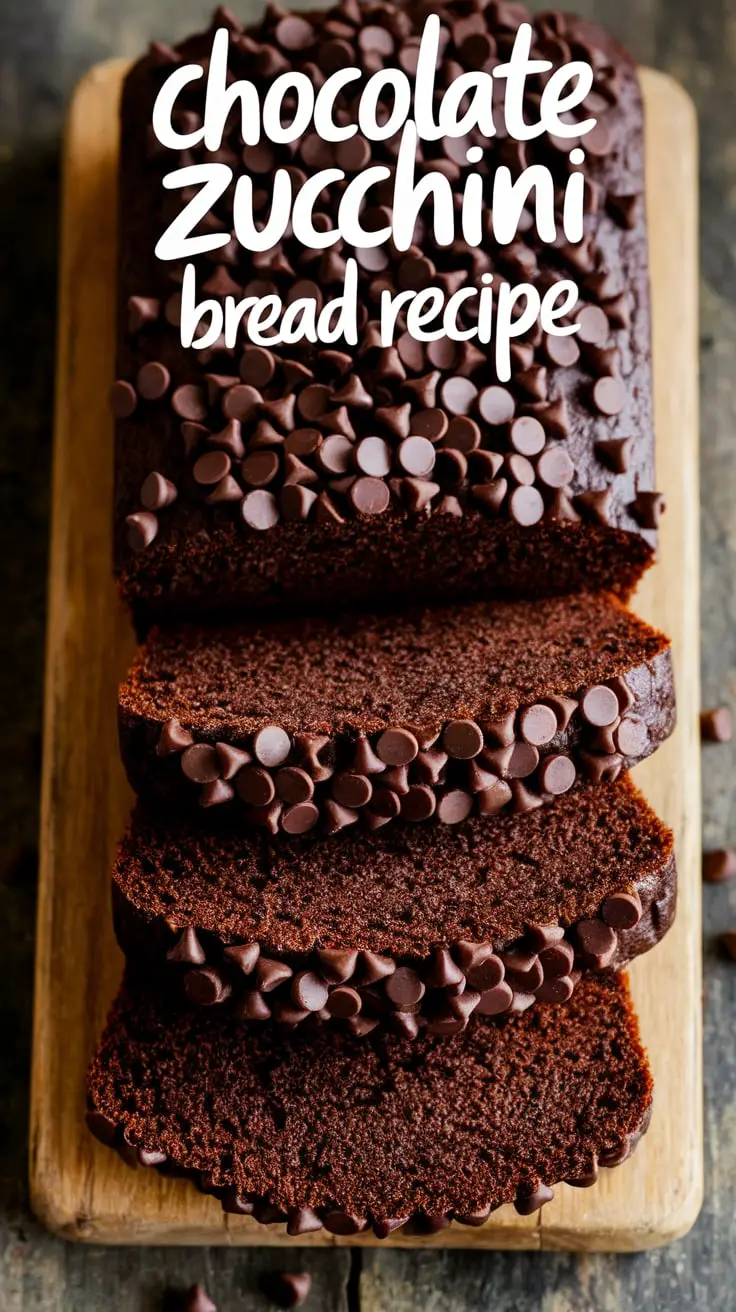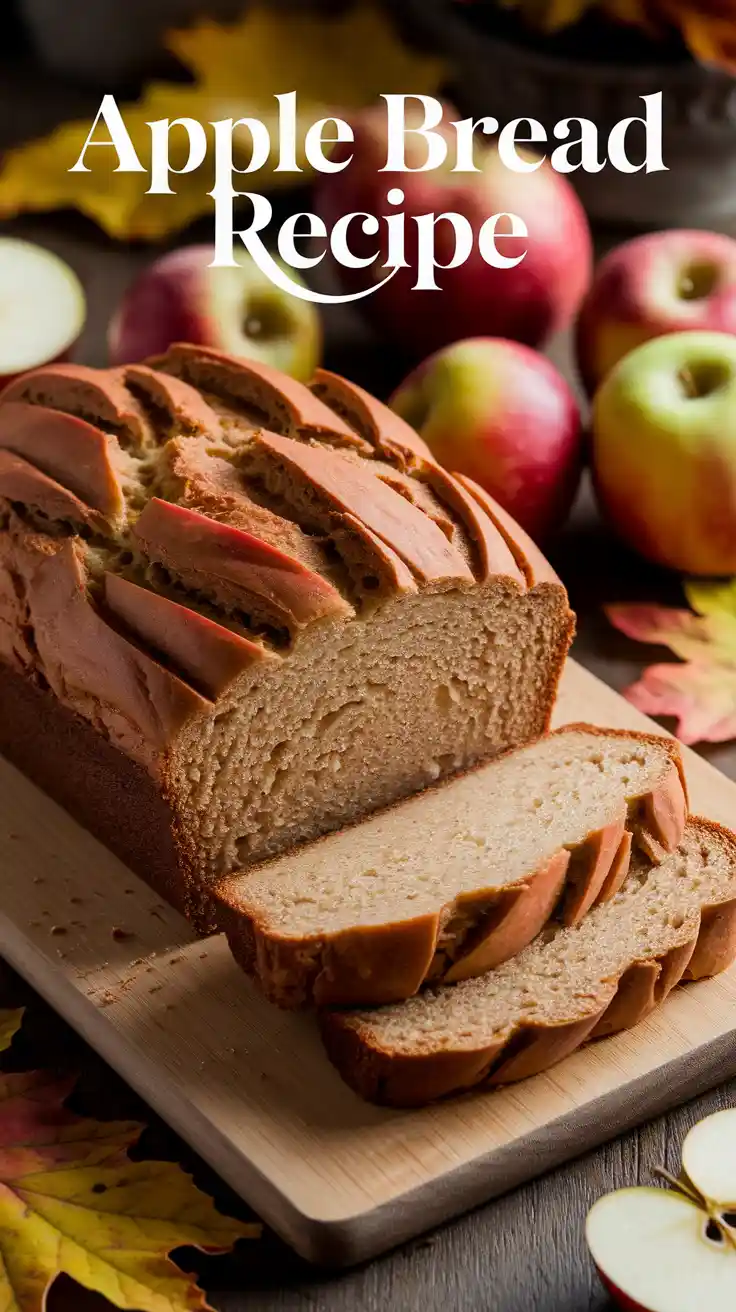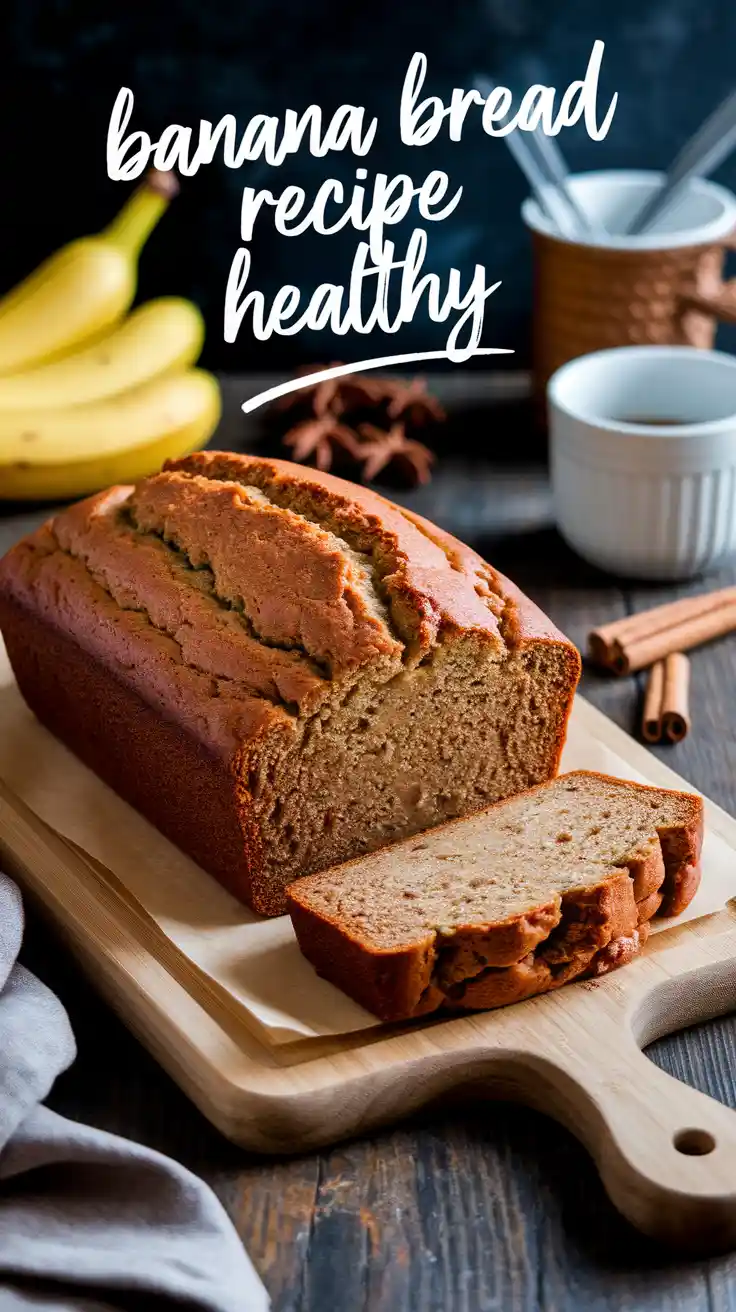Ciabatta Bread Recipe: Homemade Rustic Loaf Without a Flour Explosion
That Moment When Store Bread Just Doesn’t Cut It
Ever bitten into a ciabatta from a bakery and thought, “Why can’t mine look this cool?” Guess what? Your house can replicate that bakery magic. This ciabatta bread recipe gives you an airy, crusty, olive-oil-drizzled loaf that screams “artisan” without turning your kitchen into a flour cloud zone. Ready to ditch the sandwich aisle forever?
Why This Ciabatta Bread Recipe Makes You Look Like a Pro
Here’s the deal:
- Huge holes inside—the chewy hollow texture ciabatta fans drool over.
- Crispy, crackly crust rivaling any boulangerie.
- Simple ingredients—flour, water, yeast, salt, and olive oil.
- Therapy-level waiting game—let it rise, go watch Netflix, come back to dough goals.
- Impresses guests—they’ll think you have secret baking skills (don’t spoil the secret).
Ingredients – Keep It Clean, Keep It Good
- 4 cups (480g) bread flour (or all‑purpose in a pinch)
- 1½ tsp salt
- ½ tsp instant yeast
- 1⅔ cups (400ml) warm water (~80°F/27°C)
- 2 tbsp olive oil, plus extra for the dough and baking sheet
- Optional dusting: cornmeal or semolina for rustic charm
Substitutions?
Use part whole wheat for nuttiness. Gluten-free flours need heavy tweaking—stick to classic for first timers.
Tools & Kitchen Gadgets Used
Here’s what to drop into your Amazon affiliate cart:
- Digital kitchen scale – for exact flour-to-water ratio
- Large mixing bowl – avoid overflow drama
- Dough scraper or spatula – for handling sticky dough
- Plastic wrap or clean towel – for rise cover
- Sheet pan (quarter sheet)
- Parchment paper – no sticking, no stress
- Bench scraper – slicing and shaping pros
- Cooling rack – crisp crust stays crisp
- Oven thermometer – trust but verify your oven temp
Step-by-Step Instructions – Rustic Bread, Zero Stress
1. Mix Like a Casual Baker
In your bowl, stir flour, salt, and yeast. Pour in warm water and olive oil. Mix until the shaggy dough forms. This is supposed to look messy—warm bread vibes.
2. First Rise (Bulk Fermentation)
Cover the dough and let it rest for 2 hours. It’ll double and get bubbly. Walk away. Pretend to meditate—this is zen.
3. Fold & Shape
Using lightly oiled hands, fold the dough over itself. Do this 2–3 times—gentle, not gym-effort. Lay folded dough on a parchment-lined sheet pan dusted with cornmeal.
4. Second Rise
Cover again. Let it rest 45 minutes. You’ll see air bubbles form. Don’t poke—just let it chill.
5. Preheat & Prep
Preheat oven and a baking steel or empty sheet pan at 450°F (230°C). A hot surface creates that perfect bottom crust.
6. Bake With Steam Magic
Slide parchment and dough onto the hot pan. Drizzle with a bit more olive oil. Bake 20–25 minutes, until crust is golden and crackly.
7. Cool to Avoid Gummy Inner Women
Let it rest on a rack for at least 30 minutes. Crumb needs that time to set. Slicing too soon = tear fest.
Calories & Nutritional Info (Per Serving, loaf yields 12 generous slices)
- Calories: ~200
- Carbs: 37g
- Protein: 6g
- Fat: 4g
- Fiber: 1g
- Sodium: 220mg
FYI: This is comfort food bliss, not diet food. Eat with olive oil dip for full effect.
Common Mistakes to Avoid
1. Overworking the Dough
Ciabatta loves slackness—don’t knead it into submission.
2. Skipping Olive Oil
Oil in the dough and on the baking surface = better texture and flavor.
3. Not Preheating Thoroughly
Hot surface = oven spring. Don’t cheat the heat.
4. Slicing Immediately
Let the crumb set. Immediate slicing = gummy disappointment.
5. Using Too Much Flour
Dough should be wet and sticky. Too much flour = dense brick loaf.
Variations & Customizations
1. Rosemary & Sea-Salt Ciabatta
Sprinkle fresh rosemary and flaky salt on top before baking for herbaceous fragrance.
2. Olive & Sun-Dried Tomato Loaf
Fold in chopped olives and tomato bits during initial folds for Mediterranean flair.
3. Spicy Garlic Twist
Brush top with garlic-infused olive oil and a pinch of chili flakes before baking.
FAQ – People Also Ask
Q1: What is ciabatta bread?
An Italian white bread with a crisp crust, airy interior, and big holes—perfect for sandwiches and dipping.
Q2: Is ciabatta hard to make?
Not at all. It depends on time, not effort—just mix, rise, bake.
Q3: Can I use active dry yeast?
Yes. Dissolve ½ tsp in warm water, then add to dough.
Q4: Do I need a baking steel or Dutch oven?
A baking steel or hot sheet pan is ideal. Dutch oven works too—just adapt method.
Q5: Why is my ciabatta dense?
Likely under-hydrated or over-floured. Try slack dough next time.
Q6: Can I freeze ciabatta?
Yes. Slice, flash-freeze, and store in a bag. Toast slices when you need them.
Q7: How long does ciabatta last?
2 days at room temp in a bread bag. Refresh in toaster oven for best flavor.
Final Thoughts – Rustic, Golden, Drop-Dead Delicious
There you go: a show-stopping ciabatta bread recipe you can gift yourself. It’s not rocket science—it’s water, flour, yeast, and time. But in return, you get bakery-level crust and crumb that make people go “where’d you get that?” And you’ll just smile and say, “I baked it.” Seriously, once you taste this loaf, store-bought bread looks lame.
Now go! Upload the oven pic on Insta, drop a crumb selfie, and get ready for your bread glow-up. Tag me—I wanna see that crust 😉

